At Cathedral Park in Portland, Oregon, the Willamette River was flowing gently, leaving barely discernible eddies around submerged pilings a few yards from the beach. Skamakowa was 75 miles downstream, and I had five days to get there, relying on the current and a pair of oars. My boat, named MAC after my father, is the first of the four dories I’ve built. A narrower and more elegant version of a traditional Gloucester working dory, MAC is outfitted with a drop-in sliding seat and outriggers. As I swung into the Willamette’s current under the long shadow of St. Johns Bridge, I pulled hard to get away from diesel and car exhaust, ski boats, and boom boxes, and headed to the other side of the river looking for the southern entrance to Multnomah Channel.Barely 1/4 mile downstream I rowed past a line of berthed tugboats, and a deckhand on one watched me glide by. I hollered, “How far is Multnomah Channel, and where I can buy food once I’m on it?” He yelled back, “Two-and-a-half miles, make the turn, you’ll see Fred’s Marina!” I gave him a thumbs-up and then kept a steady cadence close to shore as yachts, ski boats, and fishing boats motored midchannel into Portland proper at the end of a warm weekend. Sliding-seat rowing efficiently transfers my energy to the oars and keeps me moving and flexible. I tried kayaking, but my back couldn't tolerate the sitting position: My legs went numb. The rear-view bicycle mirror clipped to the visor of my hat is my front-view mirror for rowing.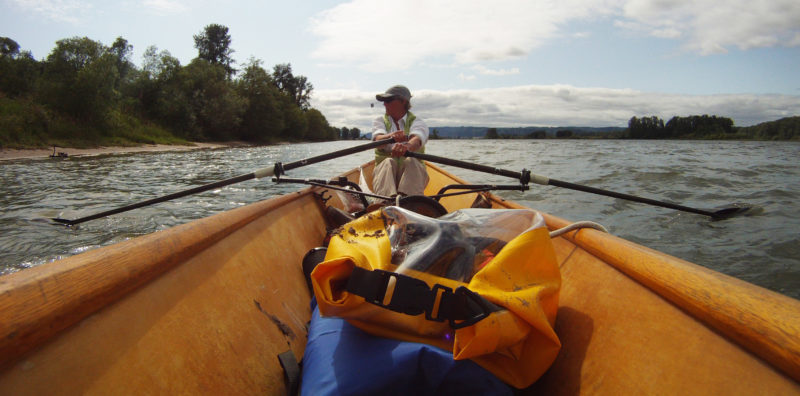
Join The Conversation
We welcome your comments about this article. To include a photo with your remarks, click Choose File below the Comment box.
Comments (9)
Comments are closed.

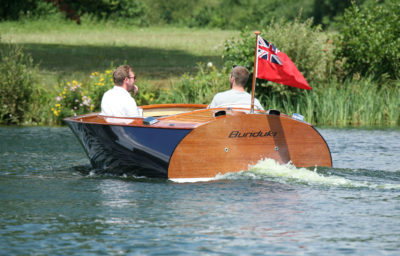
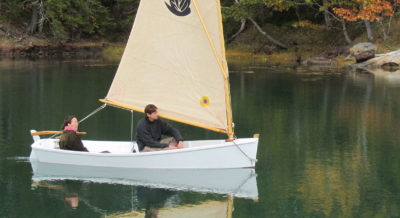
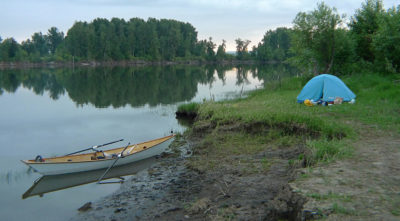
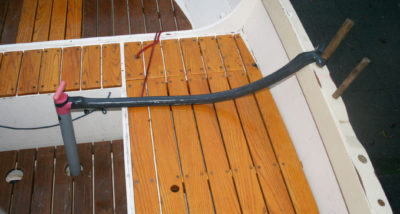
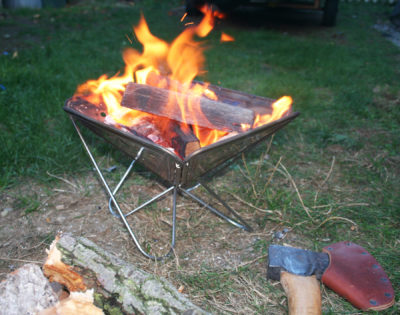
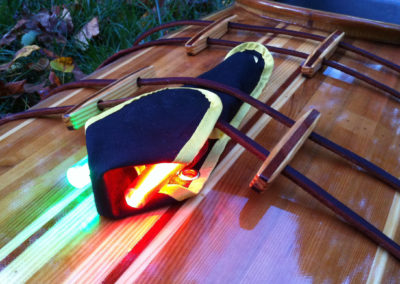
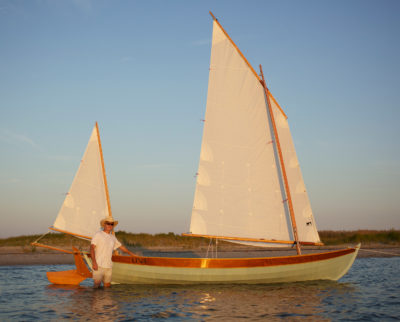
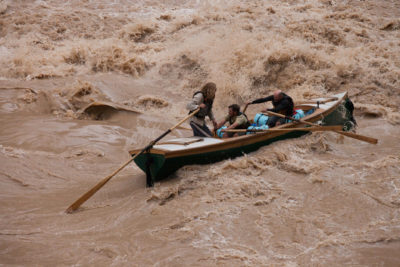
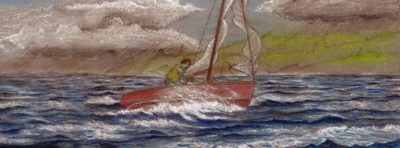

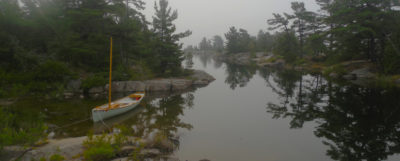
Bravo!
Great adventure, well-told.
Dale, thank you for giving us this nicely written rowing adventure story and great photos of MAC. I hope you will give us another story.
Bob, thanks for your kind words. I’ll write about rowing the last 30-plus miles of the Columbia through the Lewis & Clark National Wildlife Preserve sometime in Spring 2015, maybe earlier. The story will include rowing over the Columbia bar into the Pacific and turning north… It’s a bucket-list kinda thing.
Wow! What a bucket!
Great trip! Very well told with just enough detail and plenty of action. I can’t wait to read about crossing the bar. Good luck to you and thanks for sharing your adventures.
Dale- Great story and photographs. Looking forward to more stories.
I am finishing out a CLC Annapolis Wherry tandem I built in September (with same rowing unit you use) and hoping to do some longer rowing trips this year. I’m about your age so would you say 25 miles a day is a reasonable plan for a trip with enough time to stop and smell the flowers?
I checked in with author Dale McKinnon: “25 miles is good. I split my days into to two segments, about 4 hours in the very early morning, before the wind comes up, and 4 hours in the evening after the wind dies down. I don’t like bucking the afternoon breezes, and instead sleep or… smell the roses.”
I am planning to go from the Bonneville dam to the bar in September in a canoe. This story was very helpful. Thanks. Good luck on the rest of your trip.